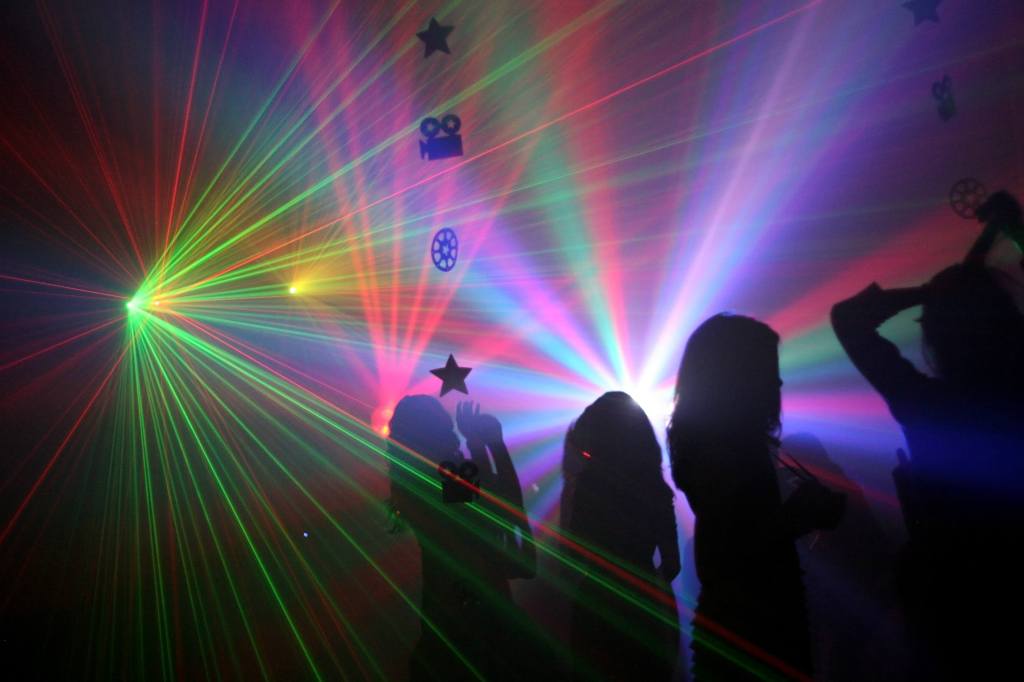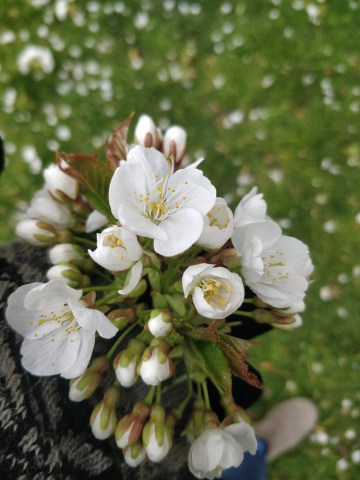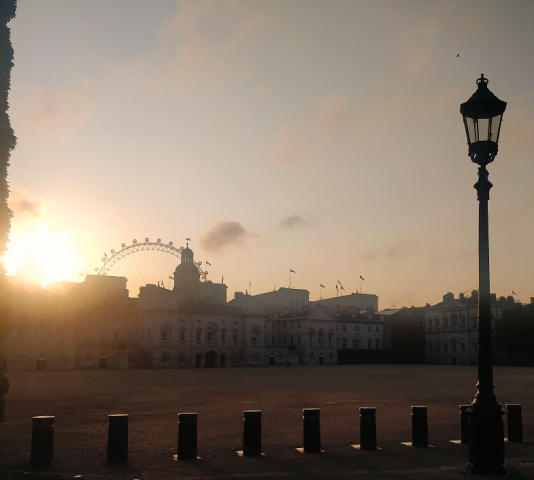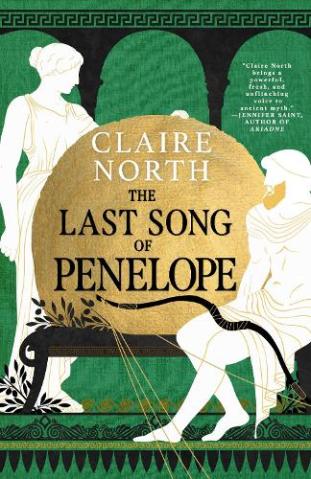More Art Less Tools

I do hope I don’t get thrown out of the Association of Lighting Designers for this one…
The ALD has a motto. It’s on its website, it’s on its magazine – ‘More Art Less Tools’.
I would cautiously suggest that it’s a terrible motto.
For a start, it’s grammatically pants. Yes, I know, pedantry, but someone’s gotta bring it up and having raised it, we can all move on. More art… fewer tools… next….
Beneath that, there is a noble intention. There’s conversations about the simple beauty of a single, well-judged lamp cunningly rigged which, through its elegant contribution to the story, lifts the moment and carries the feeling way more than twenty strobing LEDs. There’s discussions about the economy of language, the simplicity of storytelling. (A great many musicians refuse to have exciting lighting because they feel the music should carry their intention entirely. There is merit to this idea, but I basically disagree – however that’s another story….)
There’s many noble examples of LDs – Paule Constable being one of the best – who with essentially four colours, most of which are a variation on a theme of tungsten-to-daylight-correction can create any space to tell any tale. There’s the noble discipline in being able to achieve something excellent with only twelve lamps and some gaffer tape, which yes, we all will need to draw on at some point in our careers. And finally there’s the simple truth that a lot of us throw units into the air to have a backup plan and to make a pretty picture, rather than ‘cos we’ve got a truly brilliant plan that could have been achieved if only we’d spent three weeks thinking about the single perfect unit, instead of four hours going ‘ah screw it, I’ll use a mover’.
More art… fewer tools… it is a noble intention.
And with it there are other pleasant side-effects which honour the tools you use to make art, such as the ALD’s campaign to protect tungsten sources, which for all that modern technology has moved on hugely, still has a quality of light that LED can’t quite mimic. The way a beam fades, the texture of the light in the air, the colour shift as it fades up and fades down – there’s nothing quite like a tungsten 2k fresnel as it dims.
Yet. And heresy though it may be, the moment someone finds me something which I can’t recognise as being different from a lovely 2k, I’ll use that too, because these things are important but not sacred. Theatre’s way too big and diverse for me to get hung up on these things, and fundamentally, a tool is exactly that. It is the excellent device with which I create art, and not the end unto itself. I love tools; I love the history of tools, I love that moment when you find the perfect tool to do the perfect job that you never thought you’d ever need under any other circumstance and you can rejoice that yes, just today, just this once this random thing is amazing and will never be used again.
But it’s still a tool to a purpose, and getting hung up on the idea of having fewer of them to achieve more art seems fundamentally limiting. The art is the end; ask any carpenter or even any technician who’s spent more than a few months working on the job whether it’s easier to achieve a job with a nice range of drill bits and a large collection of differently shaped crimps, and the answer will be yes.
Yes it is.
At the other end of the spectrum there is, of course, tool-glee. If I’m lighting a show set in a bedroom between 12 p.m. – 3 p.m. on a sunny spring day, without blackouts or scene changes, do I really need the latest moving like from Robe or the ability to pixel-map the birth of the galaxy on the back wall? Probably not. Not unless there’s some odd art going down that I haven’t quite sussed yet. And it is a tool-glee industry. LDs are constantly being sold new things to play with, and we all geek out over shiny kit. But I have yet to find a fresnel that does a better beam angle than the ancient Patt743, or a wash-mover that does quite the same sexy quality of light in the air as a MacTW1. Technology doesn’t fix everything, it seems.
For me, this all boils down to an older question: how do you make art? (Whatever the art even is – again, different can of worms.)
To which the answer is: any way you bloody can that bloody works for you.
It’s the same gripe that many writers have with Creative Writing courses, towit you can’t actually teach someone how to write a bestselling novel. What you can do is offer them tools. Not every tool will be appropriate for what they want to create; some will be incredibly useful for her, but not for him and so on. I write in great bursts of squelchy words. Others are cautious crafters, one page at a time. Neither of us are right or wrong – art is way too subjective for that crap.
Equally, you can teach someone how to paint a straight line, and if they then go on to be cubist masters, awesome. And if they go on to be Jackson Pollock, also awesome, because you gave them a tool and they experimented with the tool and the tool was not for them.
This is one of many reasons why I hate answering the question ‘how do you light?’ Because it seems to me the answer is ‘to the remit of the play’. I recently lit three shows on the same stage which were as fundamentally different from each other as could be. One was full of wide shafts of strong colour at high intensities, blasting in on steep angles to flood the space with an almost solidity of illumination. One was full of flatter colours picking out against darkness. One had almost no colour at all, just open white shafts made hotter by daubs of cold coming in from sides and in odd corners. If it hadn’t been my incoherent words burbling by the production desk by the end of tech, it coulda been tricky to say the same LD did all three.
And yes – I used many different tools to achieve this. And it would have been very hard to achieve without a diversity of tools. And there are many tools that I looked at and did not use, because they were inappropriate. And I was proud – very very proud in the case of at least one play – of how much could be achieved with barely four active units in a rig. Four units carefully judged made a world as effectively as if all hundred and twenty something fixtures in the air had been pumped up to full.
I applaud much of the intention of the ALD’s motto.
But the point of education in arts at all is to expose people to a vast range of diverse implements they can use to achieve anything they can imagine. And since it is so hard in the arts to measure your own self-worth, having nothing objective about it to give you value (money is not a metric; praise is not a metric – all you got is a hope that what you made is decent) it’s very easy for artists to find their self-worth by doing down the work of others.
To put it another way: if you, with your CNC machine, 3D printer and laser-cutting device make a thing that is moving, beautiful, insightful and profound, I will cheer it to the heavens just as much as if you had whittled it with your teeth. The how may change the outcome and create a different story through a different method – but the story is all.





